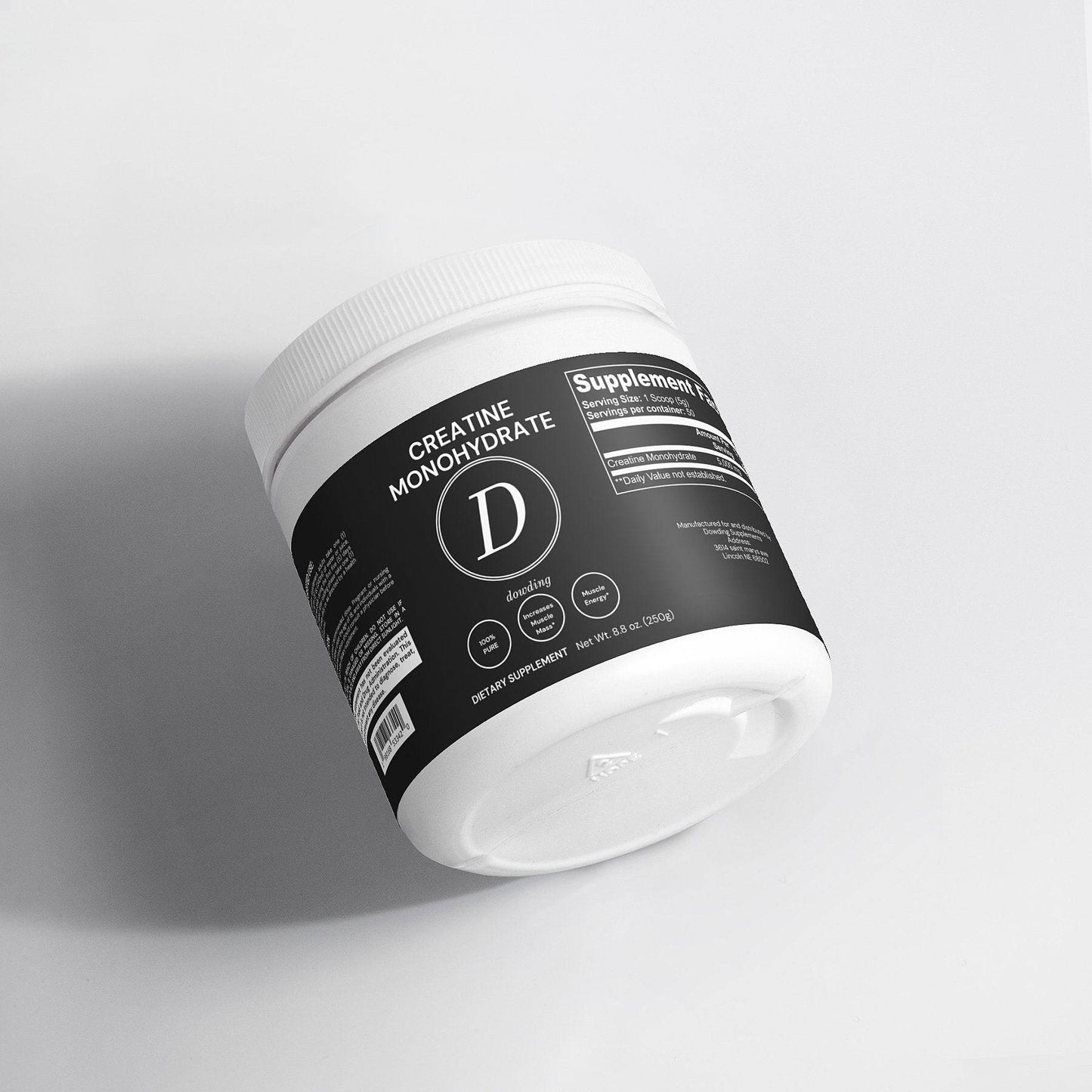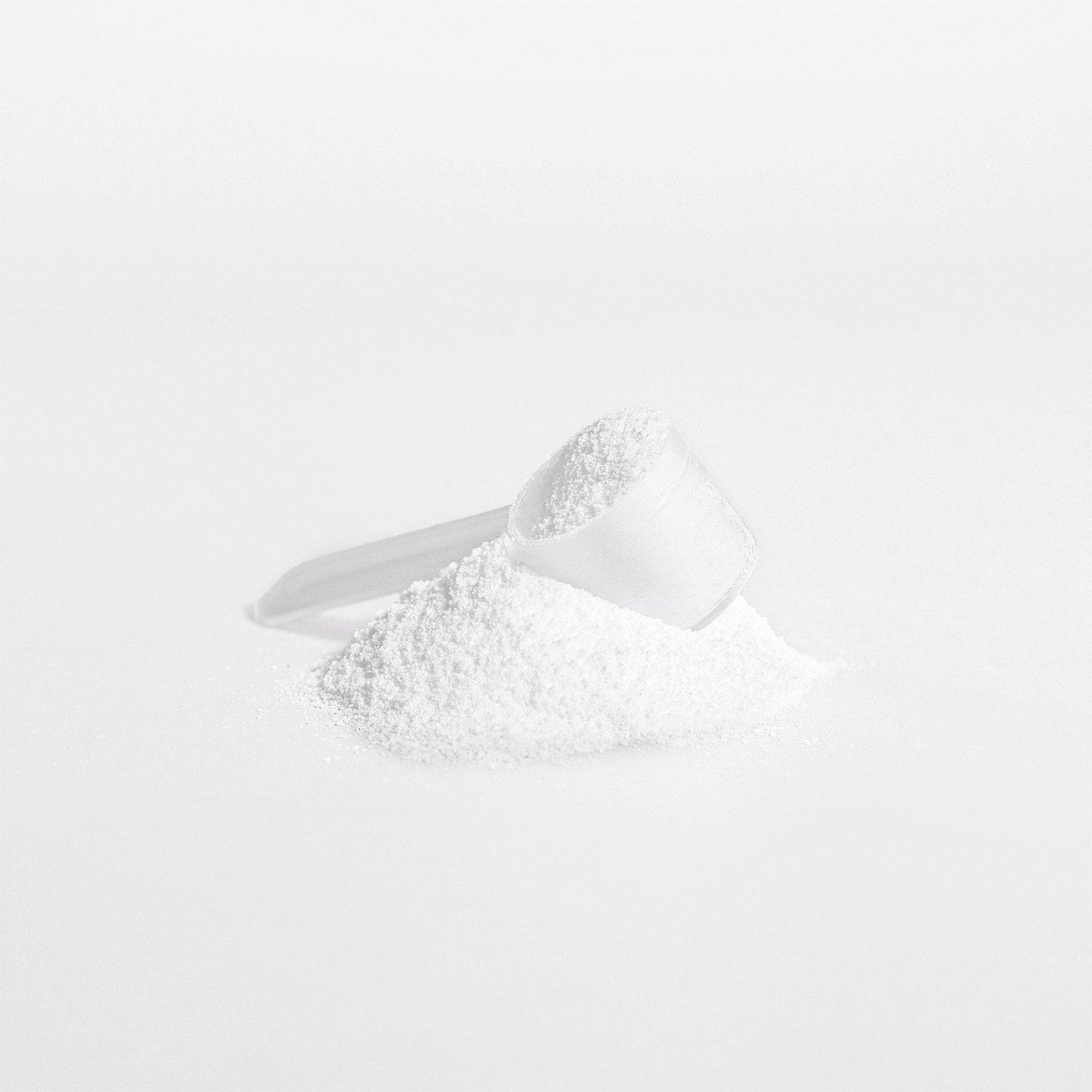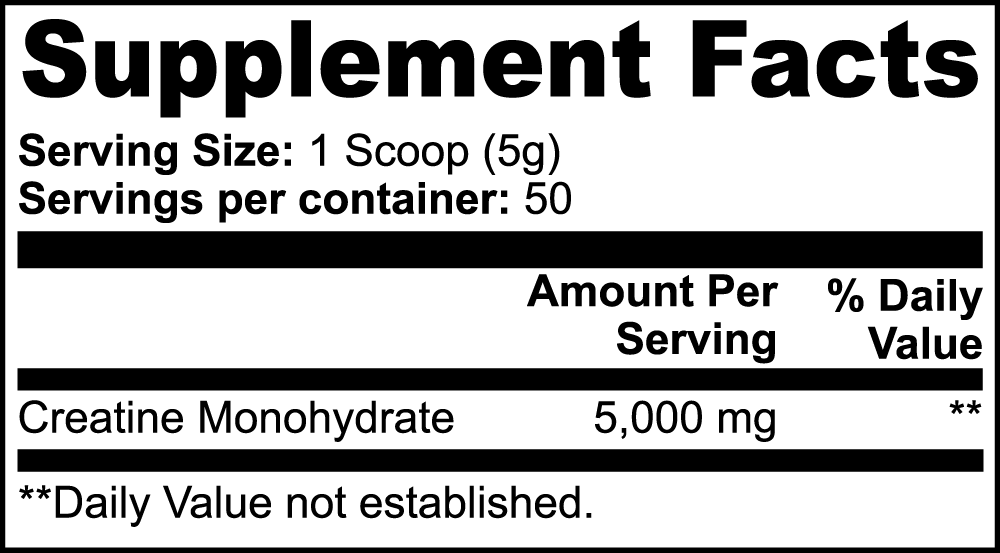
The Ultimate Guide to Creatine: Find Your Best Fit
Frequently Asked Questions
1. What is creatine and how does it work?
2. What are the different types of creatine available?
3. How should I choose the best form of creatine for my fitness goals?
4. What are the recommended dosing guidelines for creatine supplementation?
5. What are the possible side effects of creatine?
When it comes to enhancing athletic performance, creatine is one of the most researched and popular supplements on the market. With its ability to increase strength and improve high-intensity exercise performance, it's no wonder fitness enthusiasts are drawn to it. However, not all forms of creatine are created equal. In this guide, we'll explore the different forms of creatine, delve into their benefits, and help you determine which is the best fit for your fitness journey.
Understanding Creatine
Creatine is a naturally occurring compound found in small amounts in certain foods and synthesized in the body from amino acids. It's primarily stored in the muscles and plays a crucial role in energy production during short bursts of intense physical activity. As a supplement, it can help athletes improve their performance, increase muscle mass, and support recovery.
Types of Creatine
There are several forms of creatine available in the market, each with its unique properties. Below is a detailed breakdown of the most common types:
Creatine Monohydrate
Creatine monohydrate is the most widely-used and researched form of creatine. It is composed of one creatine molecule and one water molecule, making it a simple and effective option. Studies have shown that it can enhance muscle mass, strength, and exercise performance.
Creatine Ethyl Ester
Creatine ethyl ester is a modified version of creatine that is designed to improve absorption rates in the body. Some users report fewer side effects such as bloating, but research on its effectiveness compared to creatine monohydrate is limited.
Buffered Creatine
Buffered creatine, often referred to as Kre-Alkalyn, is a form designed to raise the pH levels, which theoretically may enhance stability and absorption. While some athletes claim benefits, scientific evidence supporting its advantages over creatine monohydrate remains inconclusive.
Creatine Hydrochloride
Creatine hydrochloride, or HCl, is a more water-soluble version of creatine. It typically requires smaller doses due to improved absorption and may cause fewer gastrointestinal issues. Athletes drawn to this type often appreciate the convenience it offers.
Creatine Nitrate
Creatine nitrate is a unique combination of creatine and nitrate. This form aims to enhance endurance alongside the traditional benefits of creatine. Some users report improved performance in longer activities, but more research is needed to establish its effectiveness.
Creatine Magnesium Chelate
This form combines creatine with magnesium, which is intended to aid in the absorption and efficiency of creatine. While it shows potential in providing unique benefits, its popularity hasn't reached that of creatine monohydrate yet.
Assessing the Best Creatine Form for You
When selecting the best form of creatine, individual goals, preferences, and any potential sensitivities should be considered. Here are some factors to take into account:
Training Goals
What are you looking to achieve? If you aim to build muscle mass and increase strength, creatine monohydrate is likely your best option due to its extensive body of evidence supporting its efficacy.
Sensitivity and Side Effects
Some individuals may experience gastrointestinal discomfort with certain forms of creatine, particularly creatine monohydrate. If you're sensitive, exploring alternatives like creatine hydrochloride could be beneficial.
Cost and Availability
Creatine monohydrate is generally the most affordable and accessible form, but if you’re willing to invest a bit more for specific benefits, options like creatine ethyl ester or buffered creatine might entice you.
Recognizing the Right Creatine Dosing Guidelines
Understanding creatine dosing guidelines is crucial for maximizing the benefits of your selected creatine. Generally, creatine supplementation involves two phases: a loading phase and a maintenance phase.
Loading Phase
For most individuals, the loading phase consists of taking 20 grams per day for about 5-7 days. This can be divided into four 5-gram doses throughout the day to enhance muscle saturation quickly.
Maintenance Phase
After the loading phase, transitioning to a maintenance dose of 3-5 grams per day is recommended. This ensures that your muscles stay saturated with creatine, fostering continued performance and recovery benefits.
Timing and Delivery
While timing can vary, many athletes find it beneficial to take creatine around their workout sessions. Pairing it with carbohydrates and protein can enhance absorption and efficacy.
Complementing Your Creatine Supplementation
While creatine is effective on its own, pairing it with other supplements can enhance its overall benefits:
Protein
Combining creatine with protein can significantly improve muscle recovery and promote growth, making it a great choice for athletes engaged in strenuous training.
Branched-Chain Amino Acids (BCAAs)
BCAAs can help reduce muscle soreness and accelerate recovery times, complementing the energetic benefits of creatine.
Beta-Alanine
Incorporating beta-alanine with creatine may help enhance overall endurance and performance during high-intensity exercises.
Possible Side Effects of Creatine
While creatine is considered safe for most individuals, it’s essential to be aware of potential side effects. Common effects may include:
- Gastrointestinal discomfort
- Water retention
- Muscle cramps
To minimize side effects, ensure you stay well-hydrated and follow appropriate dosing guidelines.
A Peek into the Future of Creatine
The world of supplementation is ever-evolving, and research on creatine is ongoing. Scientists are investigating new forms and delivery methods that could optimize its performance-enhancing effects. Innovations such as creatine esters and combinations with other performance-enhancing compounds show promise, which could expand options for athletes in the near future.
Final Thoughts: Finding Your Perfect Creatine
Ultimately, the choice of creatine depends on personal goals, experiences, and preferences. Creatine monohydrate remains a tried-and-true option for the majority of users, but alternatives may suit specific needs. Make informed decisions based on your individual circumstances, and don’t hesitate to consult health professionals to guide your journey. Happy training, and may your performance elevate to new heights!
Explore another user's Shopify or Wix store by following this link to their store. Keep in mind that this is a promotional link, and we assume no responsibility for the content of the linked store.





